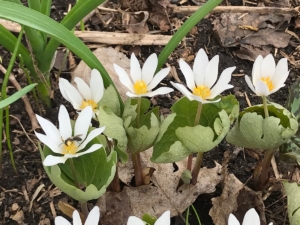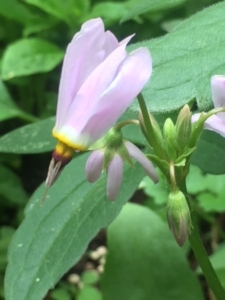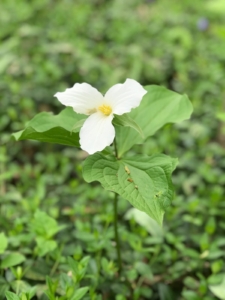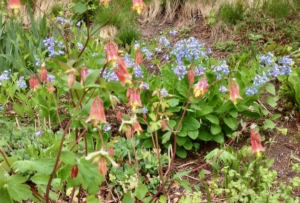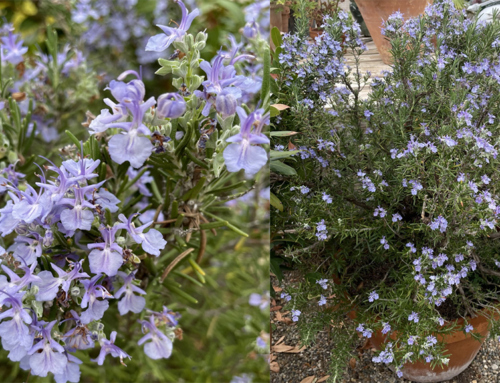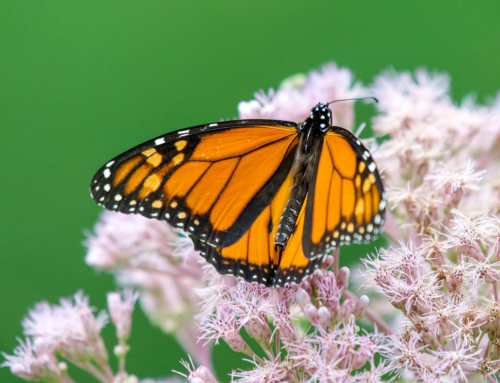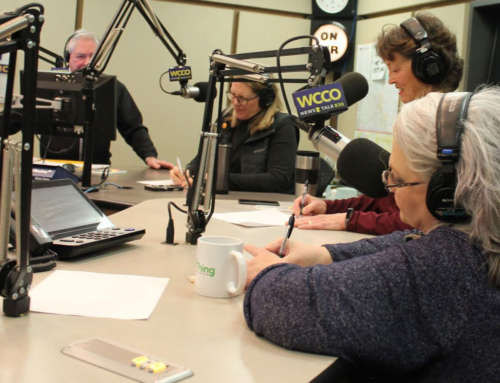As Minnesotans, we have learned to endure our long winters. As soon as the sun gets higher and stronger, we are drawn outside to look for signs of spring. In nature, the earliest blooming perennial flowers are known as ephemerals. The definition of the word is “lasting a very short time.”
When the snow melts and the soil warms, they pop up. Many are woodland flowers that appear before the trees leaf out, typically late March into April and May. Most of them flower, set seed, and die back quickly. Some, including wild ginger and Jack-in-the-pulpit, continue to flower throughout the summer. We enjoy their delicate beauty, and they provide an early and valuable source of pollen and nectar to native bees and other pollinators.
Here are some spring beauties to consider:
American pasqueflower
Among the earliest to bloom in Minnesota, it likes sandy soil and is often seen on south-facing slopes. The petals are white to shades of blue. One area to observe them is on the bluff above Nine Mile Creek in Bloomington.
Bloodroot
This plant has pure white flower with yellow stamens. I planted mine in a shady, moist area late last spring. It only blooms for a day or two. Native Americans used the reddish sap as a dye.
Virginia bluebells
These are one of my favorites for their beautiful blue color and bell-shaped blooms. A friend shared some with me. I planted them on April 11 in a shady area near a tree, and the next day we got 5 inches of snow. Hopefully some will survive.
Prairie shooting star
This beauty has become endangered in Minnesota, but you can find it in nurseries for your home garden. It prefers part shade. The flower is pinkish lavender and the petals face downward.
Buttercups
I remember this plant vividly from my childhood. My mother had them and my sisters and I would hold one of the bright yellow blooms under our chins to see if we “liked butter.” I am still searching for a source so I can enjoy them in my own garden. They typically like moist conditions. Some species are happiest near water. They have been spotted in the Minnesota River Valley National Wildlife Refuge.
Wild ginger
This plant makes a great groundcover. I planted several in a shady area and they spread nicely. They provide pollen and nectar to native bees and beetles. The flower is brownish-magenta, small, and often hard to see under the leaves.
Trillium
A beautiful white three-petaled flower, it usually shows up in May.
Jack-in-the-pulpit
It has a unique tubular shape with a hood and is mostly green with purple and white markings. This plant loves shady, moist conditions.
Wild columbine
The lovely bell-shaped flowers are red and yellow with petals that hang downward.The word “columbine” comes from the Latin word “columba,” which means “dove.”
Snowdrops
They have small white flowers, grow from a bulb, and prefer moist soil with some sun.
Crocuses
A harbinger of spring in many gardens, they grow from a corm and are part of the iris family. Colors include white, purple, and variegated.
How can I choose suitable plants for my garden?
Minnesota Wildflowers. A great website where you an see photos of plants and learn about them in detail. Minnesota Wildflowers
Nature Notes. The Minnesota Landscape Arboretum has posted photos of some of their early spring flowers.
Where can I buy plants?
Many local nurseries and plant sales have these plants. There are also numerous online sources that specialize in prairie and woodland native plants. If you have a friend who has some to share, most transplant quite easily. Never dig them from the wild, because doing so will deplete or eliminate them entirely.
It’s not too late to plant!
I encourage you to choose some of these special plants to add to your gardens this spring. The pollinators will appreciate it. Of course, you will also be adding some diversity and great beauty to your yard.
By Val McGruder, Hennepin County Master Gardener volunteer
